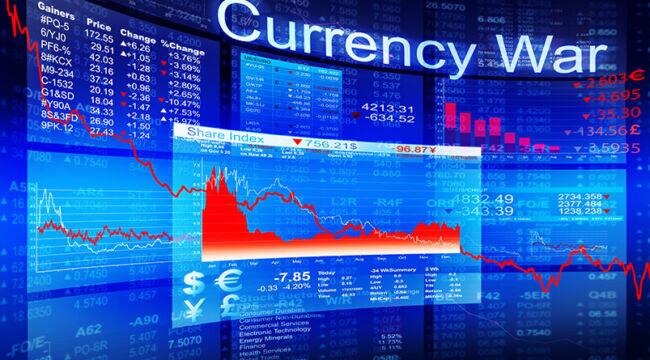By Tyler Durden
by James Rickards
There has been a lot reported in recent days about the return of currency wars. With Trump 2.0 about to begin, let’s review his last term and what to expect in the second.
Trump badly bungled his transition after first being elected president in 2016. He was not ready with a long list of loyal appointees. Many of his senior appointments such as Rex Tillerson as Secretary of State, James Mattis as Secretary of Defense, and John Kelly as Chief of Staff secretly disliked Trump but accepted their roles as so-called “adult supervision” around the supposedly reckless Trump.
They thwarted his agenda. That backstabbing came on top of the large number of Obama holdovers in the Deep State who saw themselves as a “resistance” movement.
Trump is doing a better job of preparing for a second term as president, but the resistance is not sitting still either. As reported in The Washington Post, Politico, The Wall Street Journal, Yahoo Finance and other outlets, Trump is working on a secret plan to devalue the U.S. dollar. The goal would be to cheapen U.S. exports and thereby help the U.S. balance of trade and create exported-related jobs.
But critics say that this will only increase U.S. inflation as Americans have to pay more for their imported goods using cheaper dollars. The critics also say that other countries will retaliate against the U.S. by cheapening their own currencies (that’s the essence of a currency war) and no country will be any further ahead. In fact, the entire world will be worse off.
Rules of (Currency) War
Before looking more closely at what’s actually going on, some basics about a currency war should be explained.
The first rule is that the world is not always in a currency war. The periods from 1944 to 1971 (the original Bretton Woods era) and from 1987 to 2010 (the period of the Washington Consensus) were times of currency peace. This contrasts with 1921-1936 (Currency War I), 1967-1987 (Currency War II), and the current period since 2010 (Currency War III).
The second rule is that when we are in a currency war, they can last for fifteen years or longer. It comes as no surprise that the currency war that commenced in 2010 is still going strong 14 years later in 2024. And that points to another key aspect of this debate.
The currency war being written about today by the media is not a new currency war. It’s the same one that has been going on since 2010. We’re simply in a new phase or a new battle.
It is true that cheapening your currency can import inflation. Sometimes that’s a legitimate policy goal if your country has been suffering from deflation. That’s obviously not the case in the U.S. today…
READ FULL ARTICLE HERE… (zerohedge.com)
Home | Caravan to Midnight (zutalk.com)







